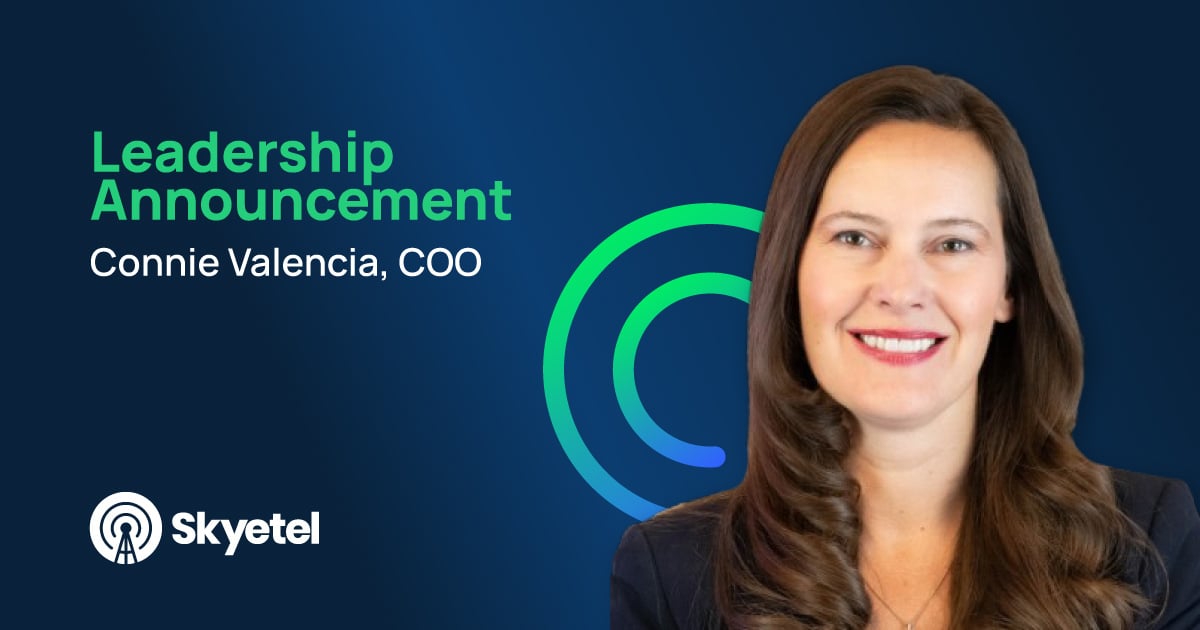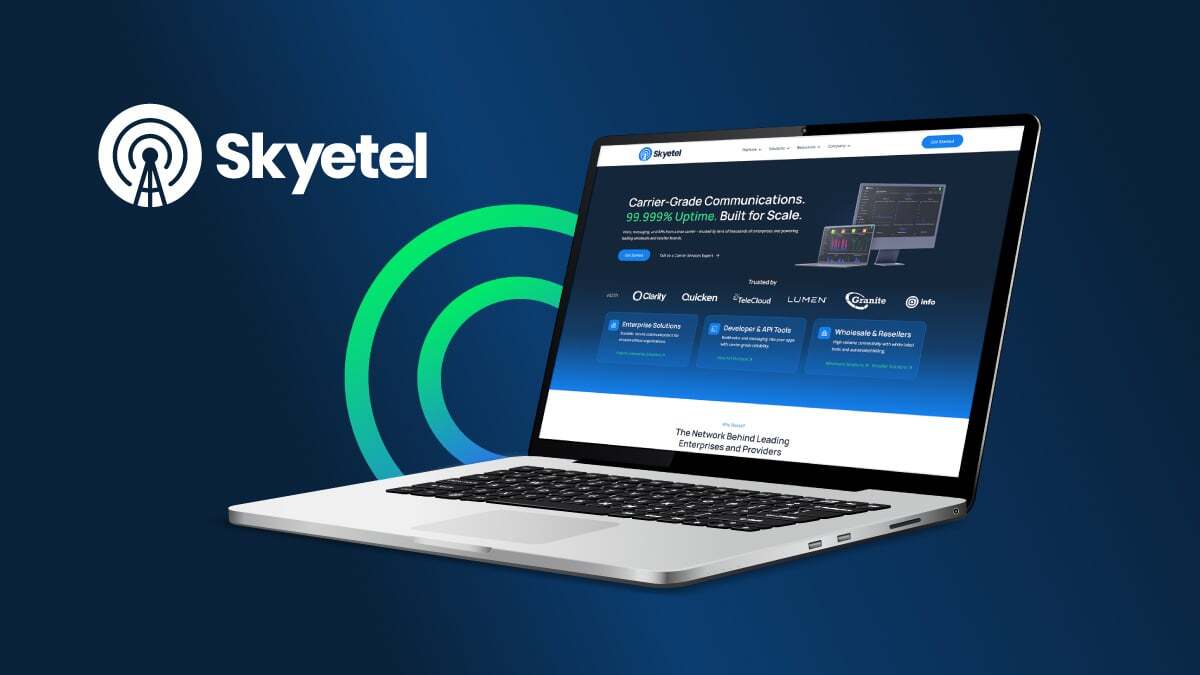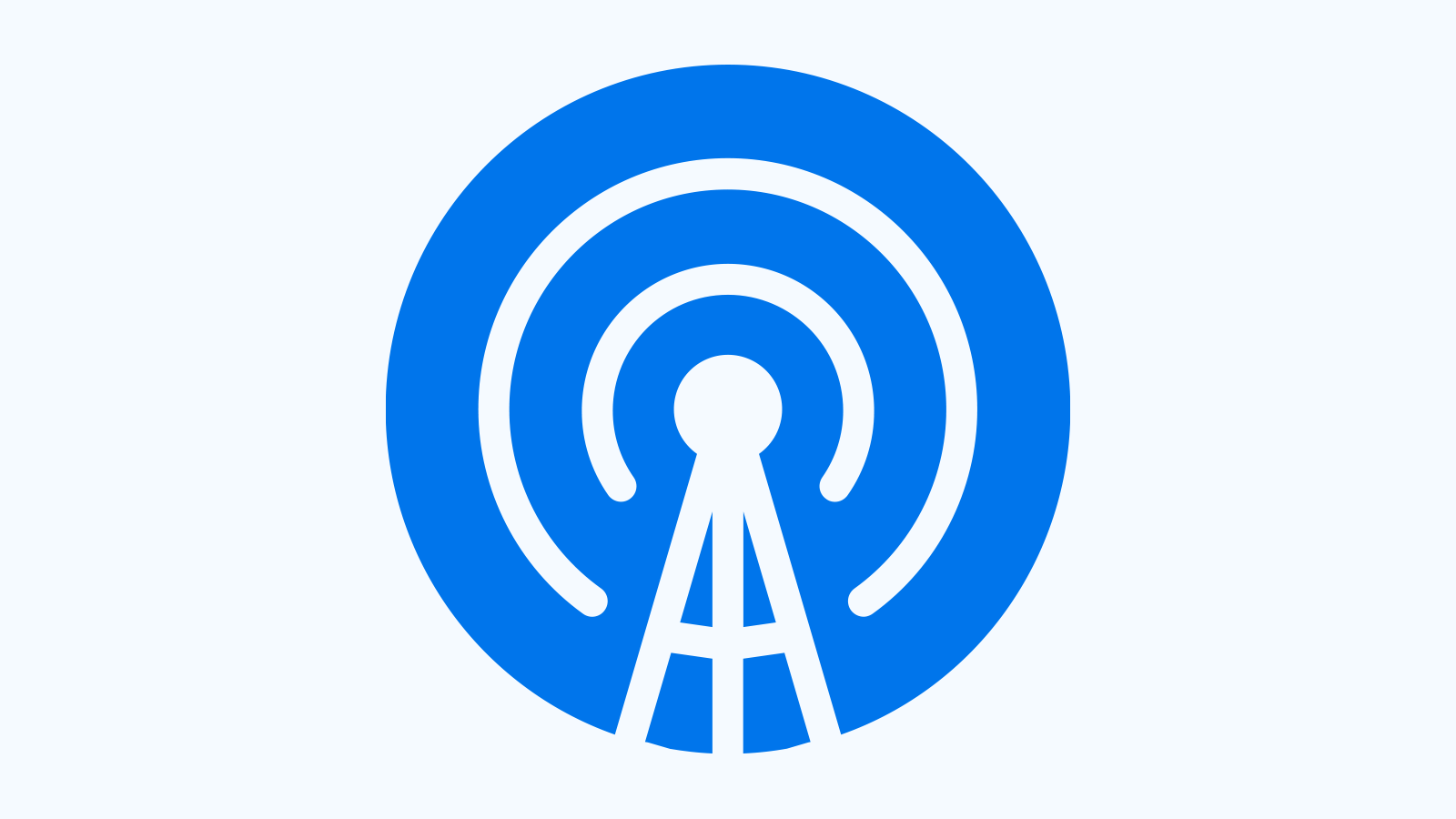Overview
Working with the FCC is surprisingly easy. There is a lot of mystery and fear around this in the VoIP world, and there really shouldn't be. In general, in our experience, the FCC tries to be as business-friendly as possible and has streamlined much of their previously laborious processes down to something that's really simple. They answer the phone when you call them, reply to emails quickly, and even get back to you when they say they will. It hardly feels like a big scary government agency at all.
The FCC has 3 forms that VoIP providers need to know about: the 499A, 499Q, and the 477. The 499A is filed annually (hence the “A”); the 477 is filed every 6 months; and the 499Q is filed once a quarter (hence the “Q”). The 499s are principally a revenue and fees worksheet, and the 477 reports where you provide service. So between those 3 reports, you file a total of 7 forms a year with the FCC.
All of the 499 fees you pay the FCC are called “FUSF Contributions” and are collected monthly by invoice (from the quasi-agency they created to manage that fund, called USAC). These contributions are often thought of like a Sales Tax, but that is not a good comparison. In reality, the FUSF Contributions go into a “universal service,” or “USF” fund that the FCC uses to directly fund things like rural bandwidth deployment, or access programs that bring phone and internet service to poor and underserved communities, schools and libraries, and other similar programs. Many of our customers are selling services to customers whose internet was paid for out of these USF contributions. In fact, you can even apply to access these funds for your own project once you are registered.
When you file the 499Q, you tell the FCC how much you've collected in revenue and 499 fees on behalf of your customers in the previous quarter so they can collect it from you. This works similarly to a sales tax, but it's even easier than that. The FCC (through USAC) will send you an invoice (like any other vendor) monthly, and you can even pay it with a credit card (we pay with our Amex and get points!).
So in summary, you have to file 7 forms a year (1 per quarter, 1 every 6 months, and 1 annually) and pay a monthly invoice. We break down these in detail below.
We Are Not Lawyers
Our lawyers are making sure we preface this with a notice that this is not legal advice, and this does not constitute an attorney-client relationship. Skyetel is providing this as an informational overview to help our customers broadly understand the procedures around FCC registration and compliance for VoIP providers, but should not be understood as legal advice.
Please contact an Attorney for advice for your particular circumstances. (We recommend one at the end of this article.)
FCC Forms
The FCC has 3 primary Forms that you have to know about: the 499A, 499Q, and 477. We break them all down for you here. All of these forms are entered in via an online portal; there's no byzantine print-and-scan process here!
FCC 499A
The FCC's 499A form is an annual (hence the “A”) form that you use to tell the FCC who you are, where you sell your services, and what your telecom revenue was for that year. This is the first form that you file when you register with the FCC, and gets the ball rolling with them.
Here is what the 499A looks like
The first time you file this form, it is a little overwhelming and you have to fill it out completely. We don't recommend doing this by yourself because the FCC uses terms that will likely be foreign to you. You will also need a registered agent in Washington D.C. that can accept stuff from the FCC. This part is a little frustrating, but this is the highest obstacle you'll have to cross. (We recommend someone you can have do this for you at the bottom of this article.)
After you initially file the 499A to register with the FCC, you have to file an updated version of it annually. Provided your company does not have significant ownership changes (like someone bought your company), and you didn't do any kind of shenanigans, it should only take about 30 mins to complete. In the annual filing, you will simply update the FCC on what revenues and fees you collected in the previous year, what state(s) you are doing business in, and good contact information for you should they need to get ahold of you. They'll then use this information to true up the 499Q data so they have a complete picture of your tax obligation.
Like the 499Q, this is all done via an online portal. You don't have to fill out a PDF and mail or fax it in. Instead the FCC has an online portal that lets you manage your entire relationship with them in a single place. It's pretty modern too - it even uses SSO and remembers all of your information so you don't have to repetitively enter in redundant information.
When You Should Register
This is where we would tell you to talk to an attorney. Knowing the particularities of your business isn't possible for us, and we trust our customers to handle their legal affairs by themselves.
Skyetel does not provide any of our customer information to the FCC or other third parties (unless they are doing things that are illegal/fraudulent or we get a subpoena or other civil or law enforcement demand), and the forms outlined in this guide are the same forms we use when we work with the FCC.
When you are not registered with the FCC, Skyetel considers you as an Enterprise/Value Added Partner/De Minimis (see below) end user and we collect FCC/USF fees and taxes from you directly. These taxes, as you grow, can become significant and expensive. By registering with the FCC and becoming a direct contributor to USF, Skyetel removes these regulatory fees from your account and will thus save you money. In many cases, the amount you will save in fees from us will pay for the costs to get registered.
FCC 499Q
The FCC 499Q form is a quarterly form (hence the “Q”) that is used to tell the FCC what your telecom revenue was for the previous quarter, and to estimate what you think it will be in the next quarter.
Here is an example of what the 499Q looks like
Don't worry, though - you don't actually have to fill out a PDF and mail or fax it in. Once you register with the FCC with your first 499A, they will provide you with an account you can log into that allows you to fill everything in via a web form. This web form is surprisingly modern, and remembers all of the fields you'd expect them to (things like Business Name, Phone Number, address, etc.) so all you have to do is populate a few fields with updated numbers and click submit.
Once you have your FCC/USAC Account, you'll also be able to pay your invoices by credit card, see your past submissions, and have your name on the FCCs neato website. Here's Skyetel's.
FCC 477
The 477 is filed every 6 months with the FCC. Form 477 tells the FCC where your customers are located (not who they are, just where are they in the country). In this form, you will need to specify which Census tract your customers are in. The FCC uses this information in order to identify areas of the country that are underserved and/or to find places where they can grant USF funds for broadband access. While this report is the most onerous of the 3, it's also one of the most important.
This form, like all FCC forms, is completed via their online portal. In order to convert your customers location (ZIP Code) into Census tract, we use HUD's converter here:
https://www.huduser.gov/portal/datasets/usps_crosswalk.html
FUSF Charges
De Minimis vs Non De Minimis
The FCC breaks down registered carriers into two categories: De Minimis vs Non De Minimis. De Minimis status means you'd collect under $10,000 per year in USF Contributions from your end users. If you fall into this category, you do not need to collect USF fees from your own customers because Skyetel collects them from you as an end user. Although you are expected to complete it to ensure you are still de minimis, it also means you do not need to file the 499Q form.
If you would collect more than $10,000 per year in USF Contributions from your end users, then Skyetel will remove all taxes from your account (which saves you money!) and you should begin collecting these taxes from your own customers and remitting them directly to the FCC. You can use the examples below to help you calculate how close you are to that $10,000 per year.
Safe Harbor
Because it is a Federal agency, the FCC can only collect charges on your VoIP services when they cross state lines (Interstate revenue). Identifying what percentage of your revenue falls into the “Interstate Revenue” category is really complicated for some lines of business (like Hosted PBX Providers) and so the FCC has provided a technique to safely calculate this without having to worry about tracking where your customers called.
To identify what your “Interstate Revenue” is using the FCC's “safe harbor” for VoIP revenue, simply multiply your VoIP charges by 64.9% (or 0.649) in order to spit out what percentage of your revenue is USF-assessable. This calculation is known as the “Safe Harbor” and is safe to do when working with these forms.
USF Contribution Factor
This is where things do get a little sticky. Don't worry, though: this isn't hard, it's just a little weird. The FCC changes the amount you are supposed to charge your customers for USF every quarter, and calls these quarterly changes to the USF rate the “Contribution Factor.” You can track these here:
https://www.usac.org/service-providers/making-payments/contribution-factors/
How to Calculate Your USF Contribution
There is no standard way to calculate this, as it is determined by how you bill your own customers. But here is an example:
Let's say you have a customer who is paying you $300/mo for 10 extensions. We need to identify what your customer is paying for your labor, time, software, bandwidth, server hosting, etc. compared to what they are paying for actual PSTN connectivity or VoIP service
10 Extensions; Total Billing: $300/mo
| Cost of Hosting the PBX | $100/mo |
| Cost of Providing Support to your end user | $100/mo |
| Cost of Licenses and other Software fees | $55/mo |
| VoIP Charges | $45/mo |
Okay, now we know that your “VoIP Charges” for your $300/mo customer is $45. Next, we need to identify what your Safer Harbor charge is. Remember: you don't charge taxes on all of this revenue, just the portion that is deemed to be crossing state lines. We do that by multiplying the $45 by 64.9%:
$45 x 0.649 = $29.21
Lastly, we need to apply the quarterly contribution factor to this $29.21 so we know what we actually need to take from your customer's bill. For the April - June 2020 quarter, the FCC's USD contribution factor is 19.6%. This means we further multiply our $29.21 by 19.6%:
$29.21 x 0.196 = $5.73
This means that, in this example, you would collect $5.73 from your $300/mo customer for remittance to the FCC/USAC.
Please keep in mind that this is only an example of how you can understand what your tax obligations would be, and you may need to allocate more of the $300 example to VoIP Charges based on what is reasonably apportioned to the voice portion of your bundle of services. Our customers allocate more or less depending on their circumstances, and many choose to allocate what our Tenant Report tells them their actual end user's costs are for connectivity to the PSTN.
Additionally, many of our customers may or may not break this out explicitly on their customers' invoices. We cannot say what technique is the best for your particular circumstances, just that you can access what your costs for providing VoIP Services to your customers were via our Tenant feature.
Who To Contact For Help
We recommend (and use) Joe Bowser from Roth Jackson to do this. For most companies, using Joe to get registered for US/domestic service will cost $3,000 and it takes about 6 weeks, and includes some other materials you need when you register (such as a CALEA plan for law enforcement response procedures). There are circumstances where it may be a bit higher, but that's a common enough price that Joe agreed to let us share it with you. The other benefit of having Joe do this is it gives you an excellent resource to use when you have the odd telecom question. As your business grows, you'll find the odd thing here and there that will come up and Joe almost always knows the answer.
We also used Joe to write our Terms of Service, CPNI, and Privacy Policy, AUP, and get our “international 214” license for international service and get registered in Canada too. Many of our other customers also have had Joe write their service agreements too. This is a great way to make sure you are all buttoned up and ready to take on the world.



